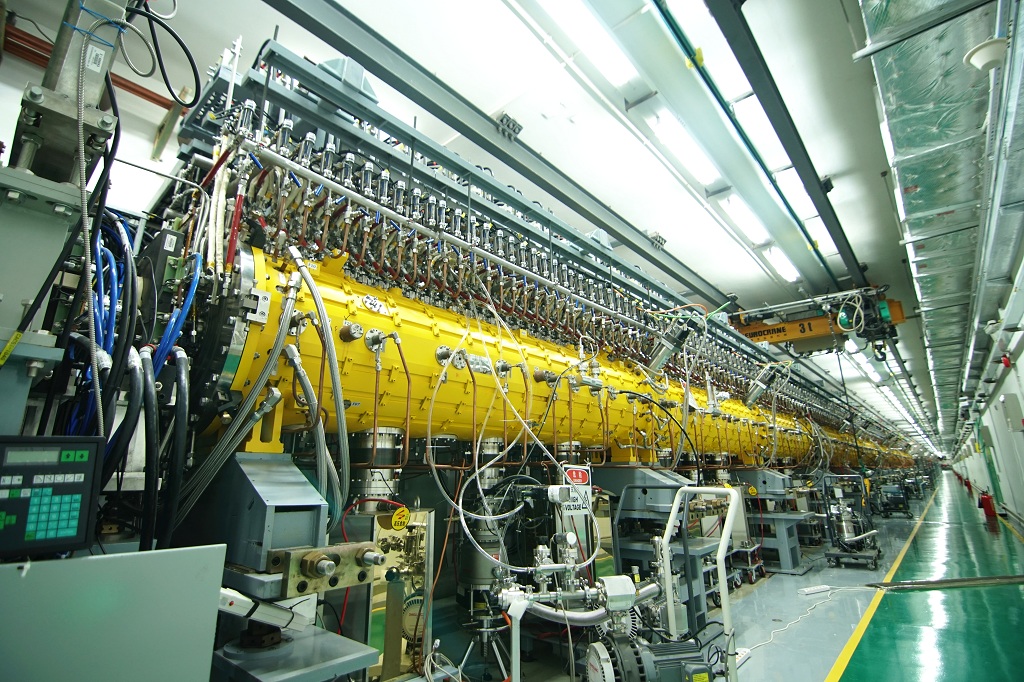- Facilities at a Glance
- All Facilities
- Material
- Earth System and Environment
- Engineering Technology
- Space and Astronomy
- Particle and Nuclear Physics
- Energy
- Biology
- 1
- 2
- 3
China Spallation Neutron Source (CSNS)
CSNS is a large-scale scientific facility for multi-disciplinary research, build during the country’s
12th Five-Year Plan period. On August 23,2018, CSNS was officially announced completed after six and a half years’ construction, making it the first national large-scale scientific facility in Guangdong-Hong Kong-Macao Greater Bay Area. The facility was completed with high quality, and the comprehensive performance has reached the international advanced standard. Now it is officially
opened to both home and oversea users.As the first pulsed neutron source in China,CSNS aims to provide a powerful platform for both fundamental scientific research and high-tech development in many application fields such as material science, life science, resource environment, new energy, etc. It will also provide strong supports to the construction of the International Science and Technology Innovation Center in Guangdong-Hong Kong-Macao Greater Bay Area, which is of great significance to meeting the country’s strategic needs. CSNS has made a series of significant innovative technology achievements in accelerators, target station and instruments, which has greatly enhanced the country’s experience and innovation capacity in related industrial technology, especially in fields like magnets, power supplies, neutron detectors and electronics. CSNS has also pushed forward research into high-intensity proton accelerators and neutron scattering in China.
Equipment
-
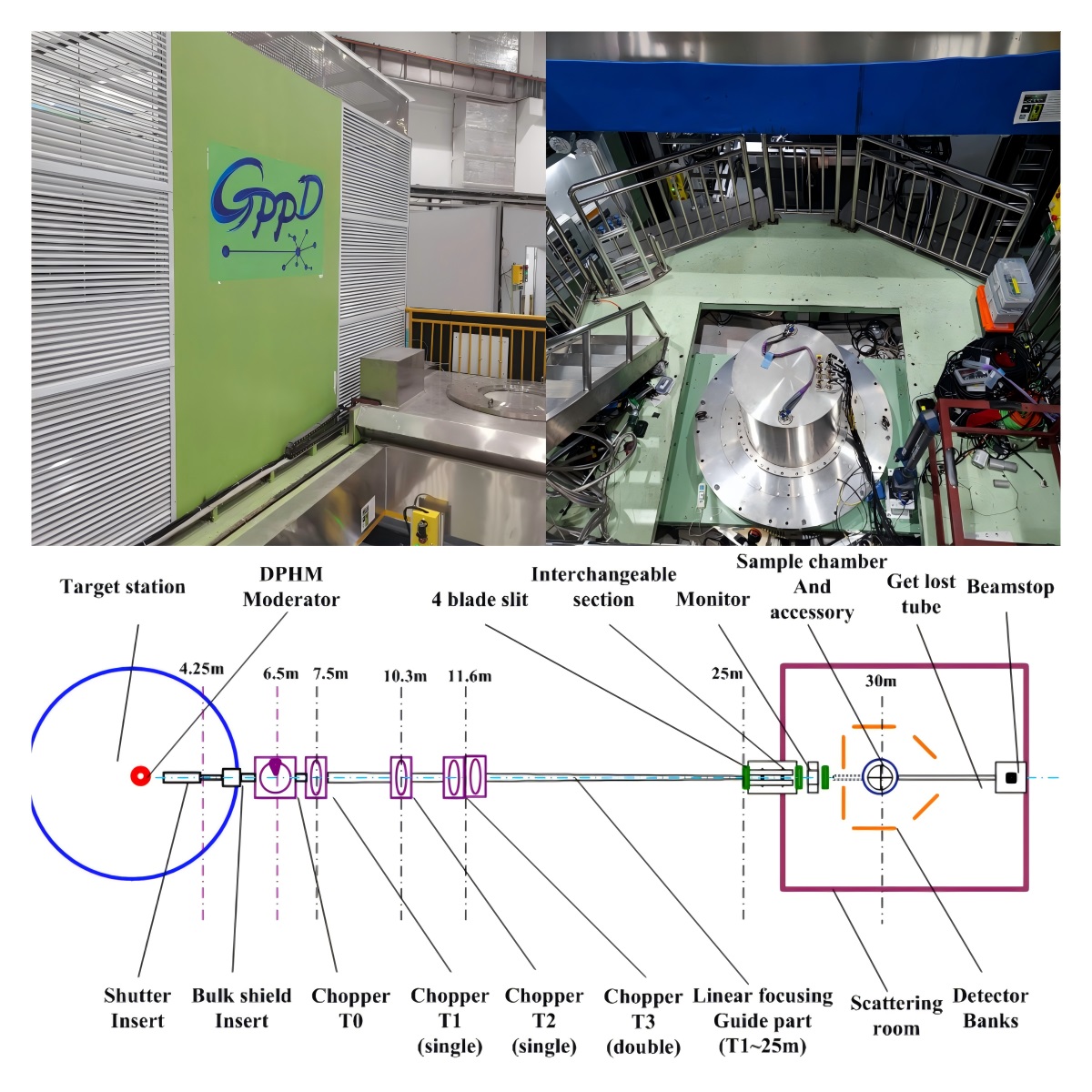
General Purpose Powder Diffractometer,GPPD
General purpose powder diffractometer (GPPD) is an elastic scattering spectrometer, which is mainly used to study the crystal structure and magnetic structure of substances. It provides a powerful detection method for basic research in materials science, chemistry, physics, engineering, resources and environment, and other fields, and offers significant technical support for the development of high-tech industries such as new energy, electronic information, and instrumentation equipment. After stress modification, the GPPD now combines both powder diffraction and residual stress measurement conditions. The GPPD features high resolution, a wide range of d-space detection, and excellent signal-to-noise ratio. Utilizing neutron time-of-flight technology, the distance from the moderator to the sample is 30 meters, the neutron bandwidth is 4.8 Å, and the d-space detection range reaches 0.05 - 50.48 Å. The GPPD is equipped with three sets of detectors at different angles, allowing for simultaneous backscattering, medium-angle, and small-angle neutron diffraction experiments: the high-angle backscattering detector (150˚) is suitable for high-resolution studies, with a resolution that can reach 0.15%; the medium-angle detector (90˚) effectively avoids scattering from the sample chamber, making it suitable for structural studies under special sample environments and stress distribution studies; the low-angle detector (30˚) has a wide coverage of d-space, making it suitable for determining structures with large unit lattice cells/magnetic cells. The GPPD's outstanding peak profile and signal-to-noise ratio can be used for the measurement and analysis of crystal and magnetic structures of samples with masses as low as a few hundred milligrams, thus meeting the high-precision characterization needs of most advanced materials' fine structures.
(Introduction of GPPD: https://doi.org/10.1016/j.nima.2023.168414, https://doi.org/10.1016/j.nima.2023.168532.) -
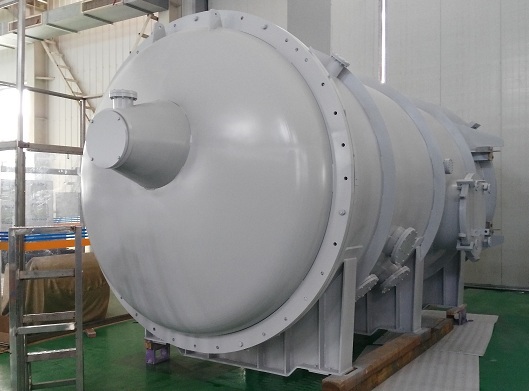
Small Angle Neutron Scattering,SANS
The CSNS small-angle scatterometer (SANS) is the first general-purpose time-of-flight small-angle scatterometer based on a pulsed neutron source (25Hz) in China. It can obtain chemical and magnetic inhomogeneous structure information of 1-100 nanometers in samples. The CSNS small-angle scatterometer adopts a short straight beam line design with a total length of 18 meters. The distance between the sample and the detector can be adjusted within 2 to 5 meters, and it has a wide range of Q values. At present, in-situ observations of the dynamic evolution process of nanostructures can be achieved under high temperature, low temperature and magnetic field loading conditions. -
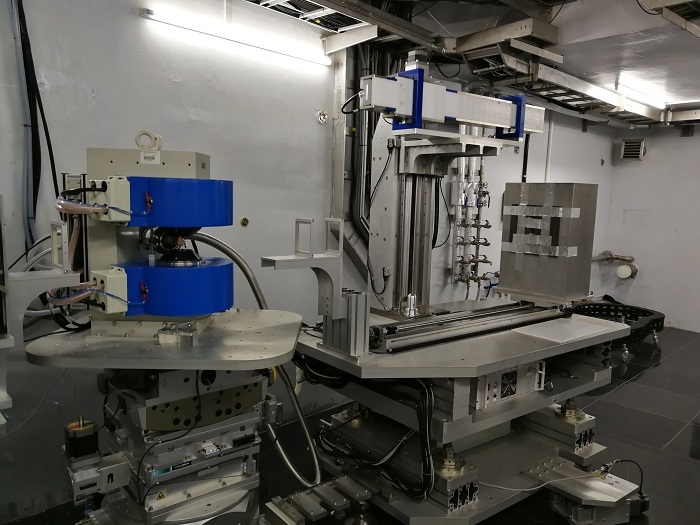
Multipurpose Reflectometer,MR
The Multipurpose Reflectometer (MR) uses a time-resolved method to record reflected neutrons on the detector to obtain the relationship between the neutron reflectivity (R) and the momentum transfer vector (Qz). The thickness dependence of the scattering length density in the film can be obtained by analyzing the neutron reflectivity curve. The film thickness and interface roughness can then be determined. When the polarized neutron is used, the distribution of magnetization along the direction of the film growth can be obtained, and the surface and interface magnetic properties can be characterized using in-situ conditions such as temperature, magnetic field, and electric field. -
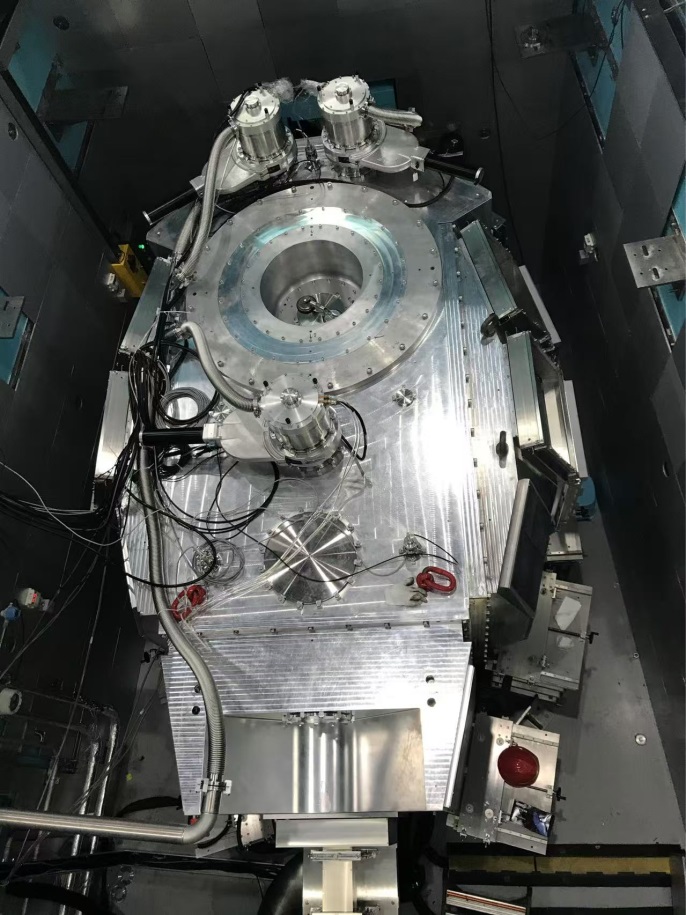
Multi-Physics Instrument,MPI
多物理谱仪(MPI)是东莞理工学院、中国科学院高能物理研究所和香港城市大学依托中国散裂中子源(CSNS)共同建设的国内首台全散射谱仪,该项目于2018年9月开始建设 ,于2021年6月完成验收。多物理谱仪的建成将在物理、化学、生命科学、纳米等学科领域发挥重要作用,为我国在新材料、大分子聚合物、生物医药、信息技术等重要前沿领域取得突破提供有力支撑。
-
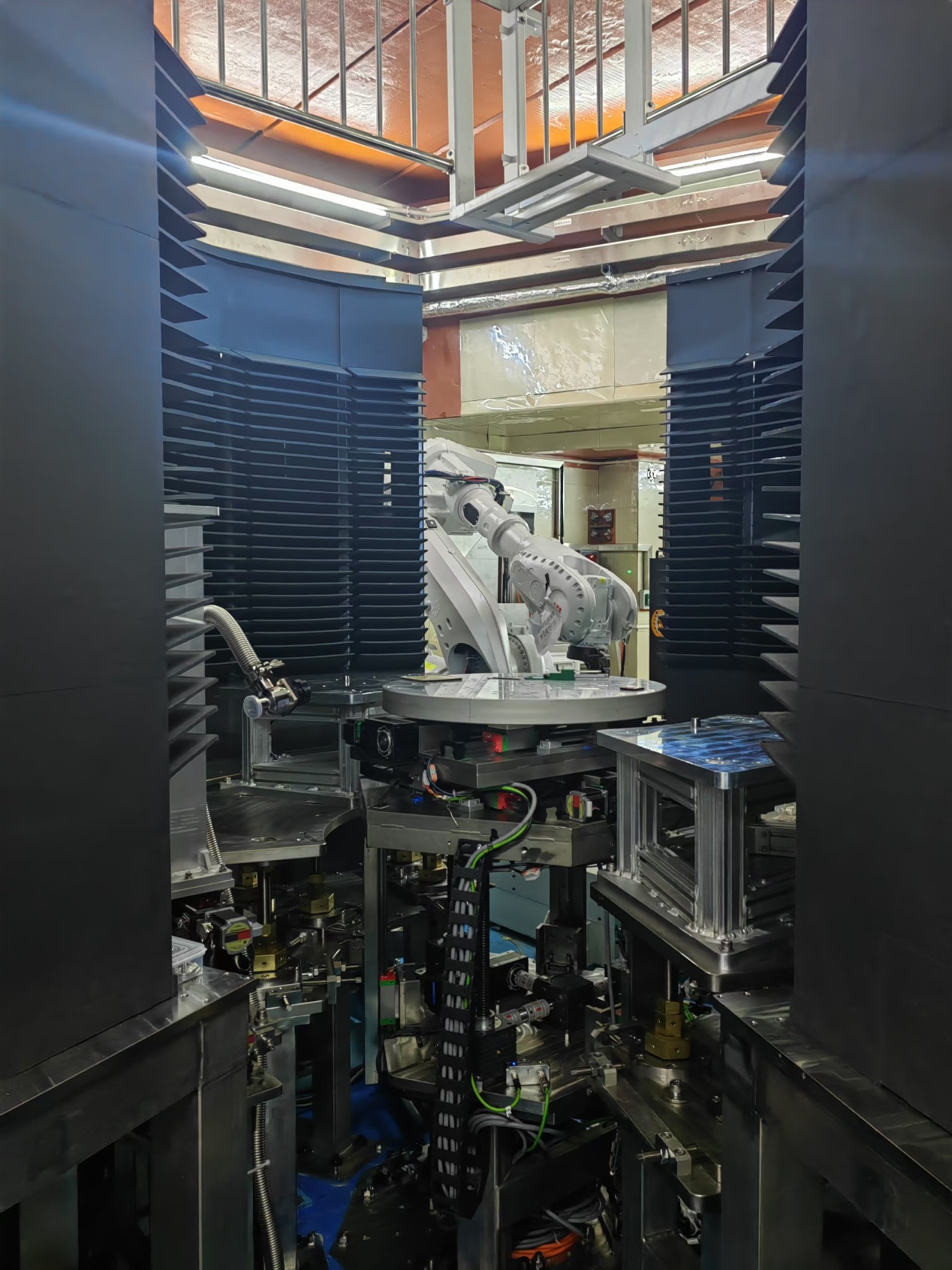
nergy-resolved Neutron Imaging Instrument,ERNI
能量分辨中子成像谱仪(ERNI)提供常规中子成像(2D、3D)、布拉格边中子成像(晶相、应变等信息的空间分布)、以及中子衍射等表征手段,实现多维度、多尺度、多模态的物质微观结构测量。谱仪提供1吨载重的样品台,能结合大型原位样品环境,进行材料和系统的原位/在线研究。
-
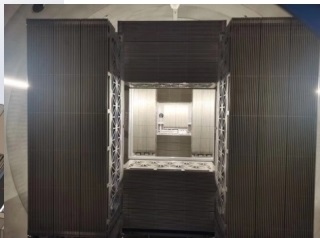
Very Small Angle Neutron Scattering Instrument,VSANS
微小角中子散射(VSANS)谱仪可同时测量样品内部0.4-1000 nm的微、介观结构,由广东省科技厅资助,是世界上第一台基于散裂中子源的微小角中子散射谱仪。谱仪设计多种实验模式:常规SANS模式下,谱仪准直长度从2.49米到12.75米灵活可变,三组探测器可同时采集从0.12度到35度的散射中子;VSANS模式下,多狭缝聚焦将最大研究尺度从100纳米左右扩展到几百纳米到1微米;极化模式可观测材料中大尺度自旋磁结构;掠入射模式可研究薄膜或表面面内结构。谱仪已于2024年3月正式对外开放运行,将为粤港澳地区产业结构升级和我国基础和应用科学研究提供有力支撑 (J. Appl. Cryst. 57, 380, 2024.)
-
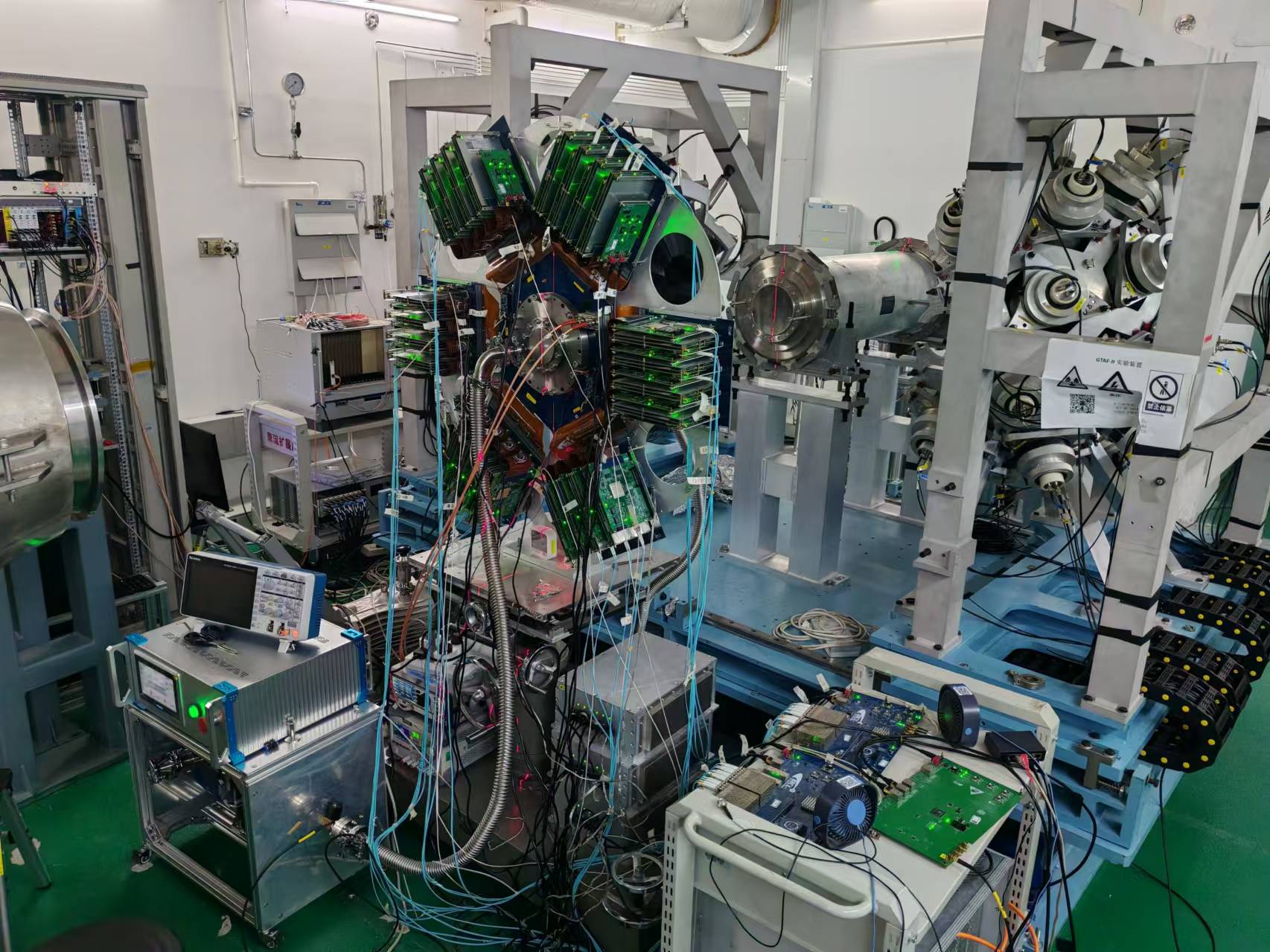
The Back-n white neutron experiment facility
反角白光中子实验装置(Back-n)是依托中国散裂中子源(CSNS)建设的实验装置,具有能量范围宽、中子能量高、能量分辨好等特点,综合性能优异,适合开展中子物理学特别是中子核数据测量研究、探测器标定、中子束辐照效应以及中子照相等研究和应用。Back-n有两个实验厅,可以提供不同飞行距离(约56m和78m)和不同束斑尺寸的中子束流。目前已配备C6D6中子俘获截面测量谱仪、FIXM裂变截面测量谱仪、NTOX全截面测量谱仪、LPDA带电粒子出射测量谱仪、MTPC多用途时间投影室和GTAF中子俘获反应截面测量谱仪等多台核数据测量谱仪,其他新的谱仪也在研制中。
NOTICE
-
Call for Proposals for HEPS Phase II Beamlines May 23,2022


